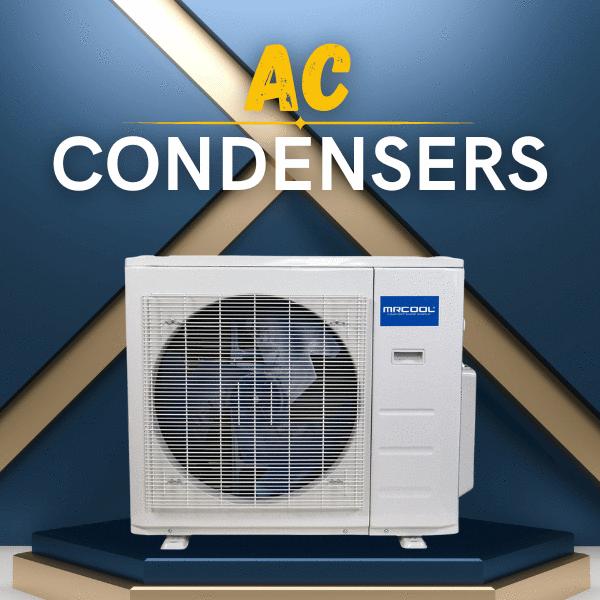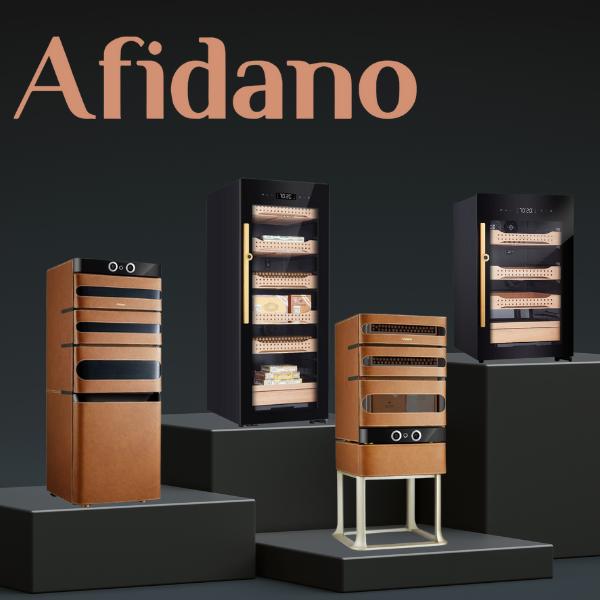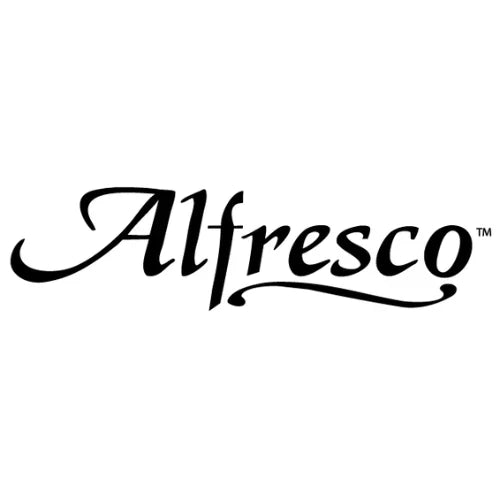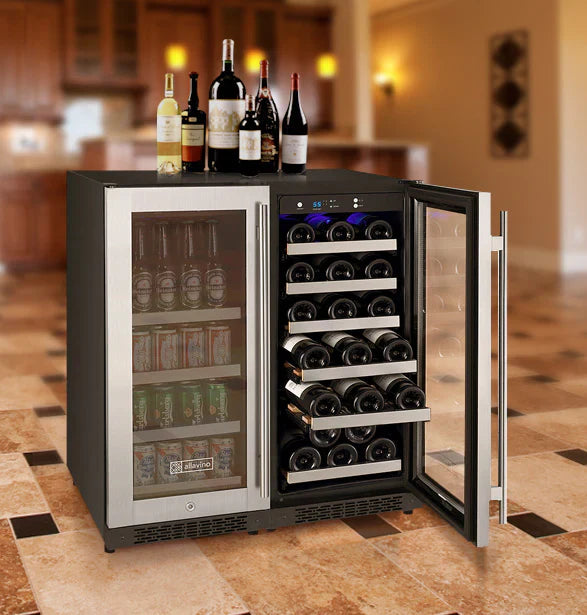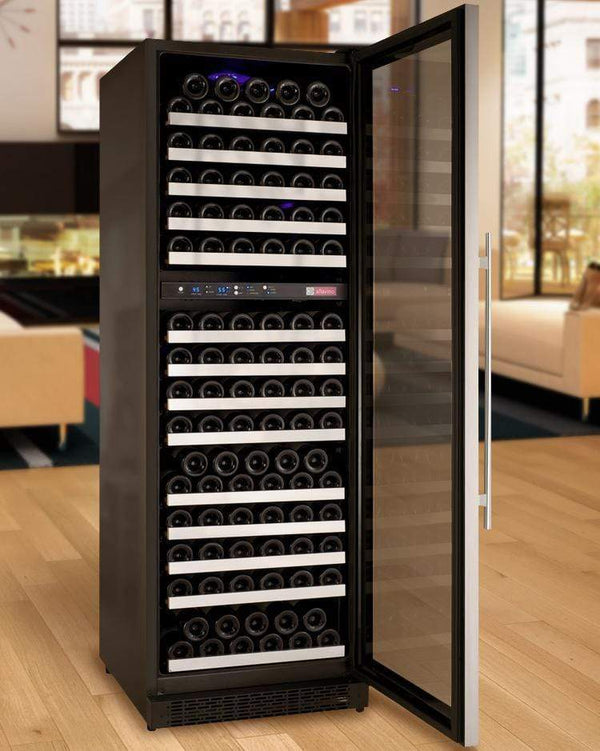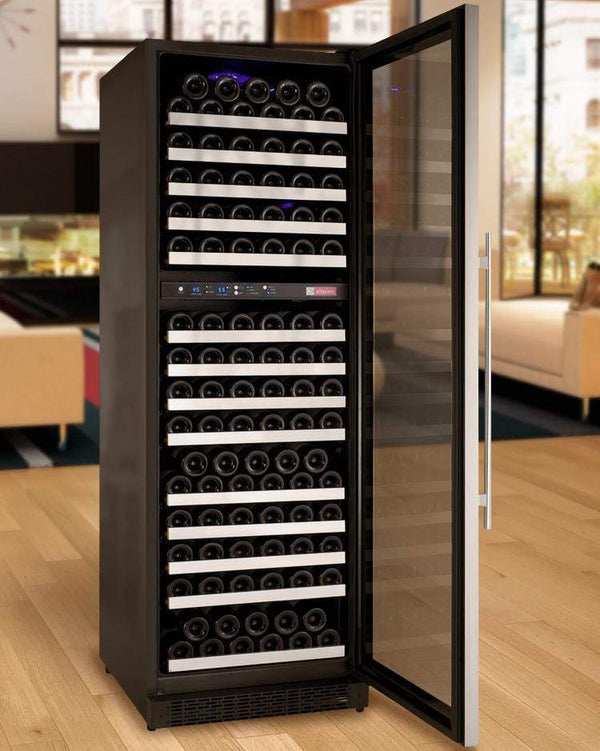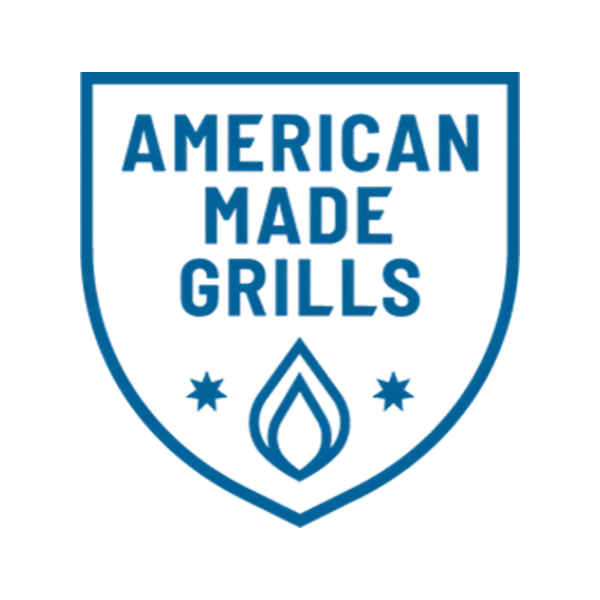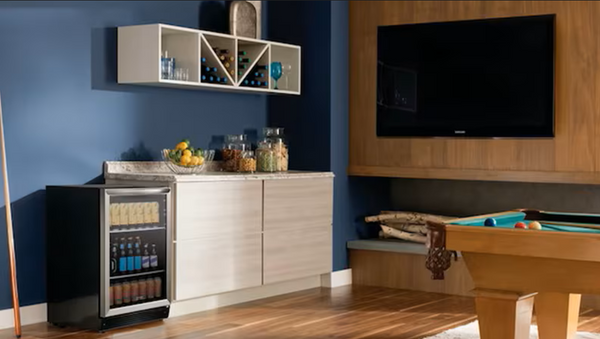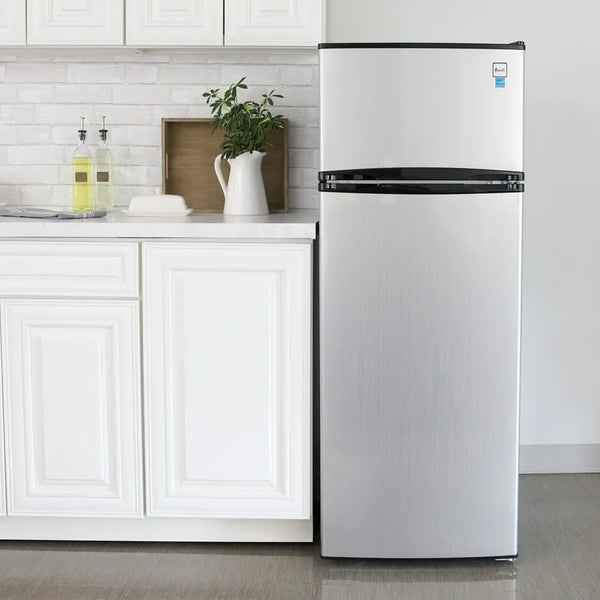Wine Cellar Humidity: Why It Matters and How to Manage It
Importance of Humidity in Wine Cellars
By Jim Hopper, Wine Cooling Expert
Maintaining proper humidity is crucial for preserving wine quality in any cellar. Too little humidity can dry out corks, letting oxygen seep in and spoil the wine. Too much humidity encourages mold growth and can damage labels or even cellar materials. Striking the right balance ensures your wine ages gracefully and retains its value.
If you’re looking for a comprehensive overview of all aspects of wine cellar climate control, check out The Ultimate Guide to Wine Cellar Cooling Systems for expert tips on designing and maintaining the perfect storage environment. For those seeking equipment that actively manages humidity and temperature, explore our Wine Cellar Cooling Units.
Why Humidity Matters in Wine Cellars
Humidity plays a vital role in wine storage:
- Preserves Corks: Corks seal wine bottles and must remain moist and elastic. Low humidity can dry out, shrink, or crack corks, allowing oxygen to seep in and spoil the wine.
- Prevents Oxidation: Oxygen exposure negatively affects a wine’s flavor and aging process. Proper humidity helps corks maintain their seal, protecting your wine from unwanted oxidation.
- Protects Labels and Value: Labels are important for identification and resale value. Low humidity can make labels brittle, while high humidity can cause them to peel or stain, impacting your collection’s worth.
- Controls Mold and Mildew: Excess humidity creates a breeding ground for mold, which can damage corks, labels, and even wood or metal racking. Mold can be difficult to remove once established.
Myth vs. Fact:
Myth: A little extra humidity is harmless in a wine cellar.
Fact: Excess moisture can lead to stubborn mold growth, permanent label damage, and even affect wood or metal fixtures in your cellar.
The Ideal Humidity Range for Wine Cellars

The recommended humidity range for wine storage is 50% to 70% relative humidity (RH), with about 60% often considered optimal.
- Below 50% RH: Increases risk of dry corks and oxidation.
- Above 70–75% RH: Can encourage mold growth, label deterioration, and even damage to cellar materials.
Humidity isn’t the only factor—temperature also plays a major role in wine preservation. For guidance on maintaining the right temperature alongside humidity, see our article on the ideal wine cellar temperature.
Factors That Influence Wine Cellar Humidity
Several elements can affect your cellar’s humidity levels:
- Local Climate: Dry climates may require humidification; humid regions might need dehumidifiers.
- Cellar Construction & Materials: Proper insulation and vapor barriers help stabilize humidity. Racking materials like stainless steel or treated woods resist mold better than untreated wood. If you need durable, moisture-resistant storage, browse our Wine Racks.
- Cooling Systems: Many modern wine cellar cooling units regulate both temperature and humidity for optimal storage. Discover our Wine Cellar Cooling Units for precise climate control.
If you’re unsure what system is right for your space, our wine cellar cooling unit sizing guide helps you choose equipment based on cellar dimensions, insulation, and climate. For those with large or small spaces, explore our recommendations for large cellar cooling units and small cellar cooling units.
How to Monitor Wine Cellar Humidity

Accurate monitoring is essential:
- Hygrometers: Digital or analog devices that measure humidity. Place one at bottle level for best accuracy.
- Smart Sensors: Some systems provide real-time data and alerts to your phone or computer.
- Regular Checks: Record humidity levels periodically to spot trends or sudden changes.
If you’re installing new monitoring or climate control equipment, our wine cellar cooling unit installation guide offers step-by-step advice.
How to Manage and Adjust Humidity
If your cellar’s humidity isn’t within the recommended range, try these solutions:
- Humidifiers: Add moisture to the air if your cellar is too dry. Models designed for wine cellars are most effective—see our Humidifiers for Wine Cellar for specialized options.
- Dehumidifiers: Remove excess moisture in overly humid environments. Ensure proper drainage to avoid standing water.
- Cooling Units: Many systems manage both temperature and humidity. If you’re comparing options, our Wine Cellar Cooling Units cover all types and sizes.
- Ducted and Ductless Split Systems: For advanced, flexible installation and whole-room conditioning, explore our Ducted Split Wine Cellar Cooling Systems and Ductless Split Wine Cellar Coolers.
- Water Trays: Place a shallow tray of water in the cellar to raise humidity through evaporation. Monitor frequently to avoid spills or mold.
- Vapor Barriers: Installing a vapor barrier on the exterior of cellar insulation helps prevent unwanted moisture buildup and keeps humidity stable.
Practical Maintenance Tips

- Clean your cellar regularly to prevent mold and mildew.
- Store bottles on their sides to keep corks moist. If you need storage solutions, see our Wine Racks.
- Choose racking and insulation materials that resist mold.
- Adjust your approach based on your local climate—drier areas may need more humidification, while humid regions may require dehumidifiers.
- Inspect for leaks or condensation, especially after seasonal weather changes.
For persistent odor or mold issues, consider advanced options like UV light technology in wine cellar cooling units, which can help sanitize the air and surfaces.
Common Issues and Troubleshooting
- Persistent Mold: Increase ventilation, check for leaks, and clean affected areas with mild agents like warm water and white vinegar.
- Dry Corks: Raise humidity with a humidifier or water tray, and check your vapor barrier.
- Label Damage: Keep humidity below 70% and avoid direct water contact with bottles.
- Sudden Fluctuations: Ensure your cooling/humidity system is properly sized and maintained. If you suspect your unit isn’t meeting your cellar’s needs, revisit our sizing guide for troubleshooting.
Related Wine Cellar Factors

While humidity is key, other environmental factors also impact wine storage:
- Temperature: Consistency is crucial; avoid wide fluctuations. Our ideal temperature guide explains why.
- Lighting: Limit exposure to sunlight and use LED lighting to prevent heat buildup.
- Vibration: Minimize vibrations from appliances or foot traffic to avoid disturbing sediment.
- Odors: Keep the cellar clean and odor-free, as strong smells can seep through corks.
If you don’t have a dedicated cellar, our Wine Coolers provide humidity and temperature-controlled storage in a variety of sizes and styles, including Built-In Wine Coolers, Freestanding Wine Coolers, and Under Counter Wine Coolers.
Ready to Perfect Your Wine Cellar?
If you want expert guidance or the right equipment to manage your wine cellar’s humidity, we’re here to help.
Visit Wine Coolers Empire for top-rated wine storage solutions, or reach out to our team for personalized advice.
Call Us: 1-888-407-7770
Email: support@winecoolersempire.com
Protect your collection and enjoy peace of mind—contact us today!
📚 Frequently Asked Questions (FAQs)
What happens if my wine cellar is too dry?
Can high humidity damage my wine collection?
How often should I check my cellar’s humidity?
What’s the easiest way to increase humidity in a dry cellar?
Do I need both a humidifier and a dehumidifier?
Will storing bottles on their sides help with humidity?
Can I use any type of racking in a humid cellar?
What should I do if I notice mold in my cellar?
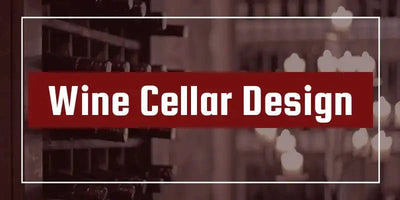
Designing or Upgrading a Wine Cellar?
We got you! Here at Wine Coolers Empire, we will guide you in building your dream wine cellar.

